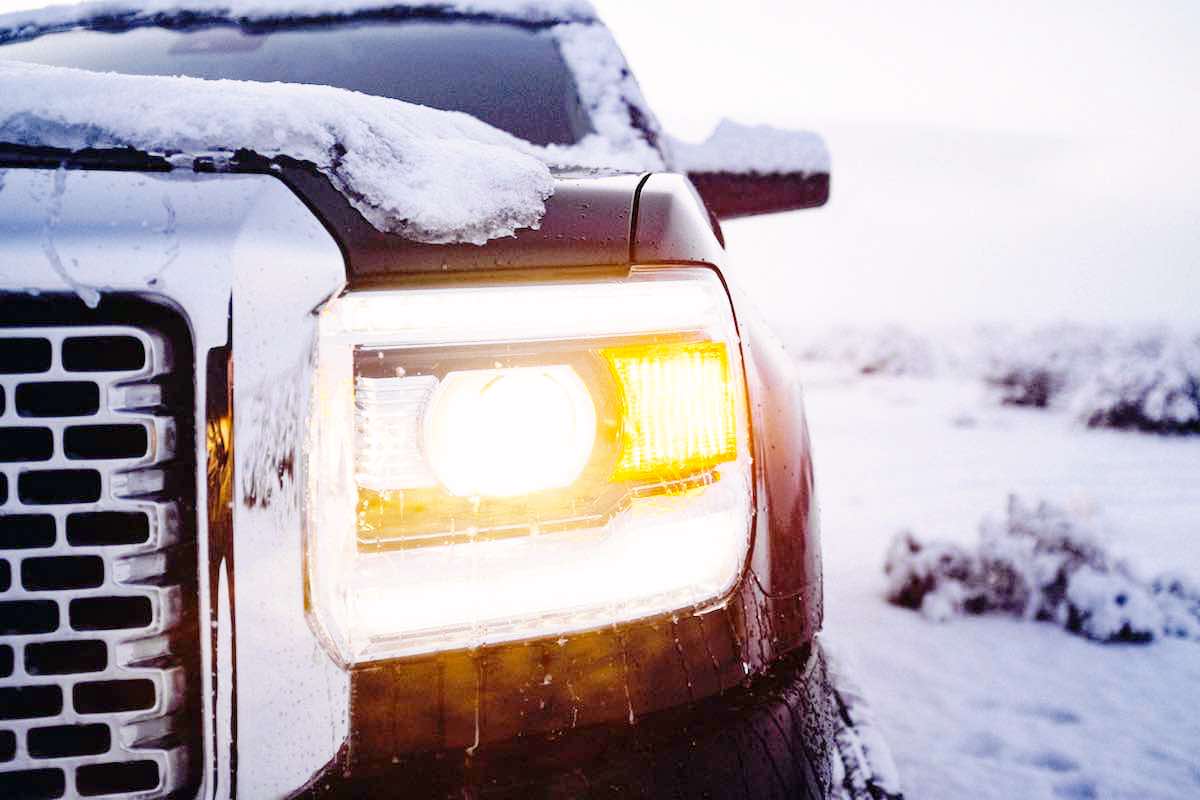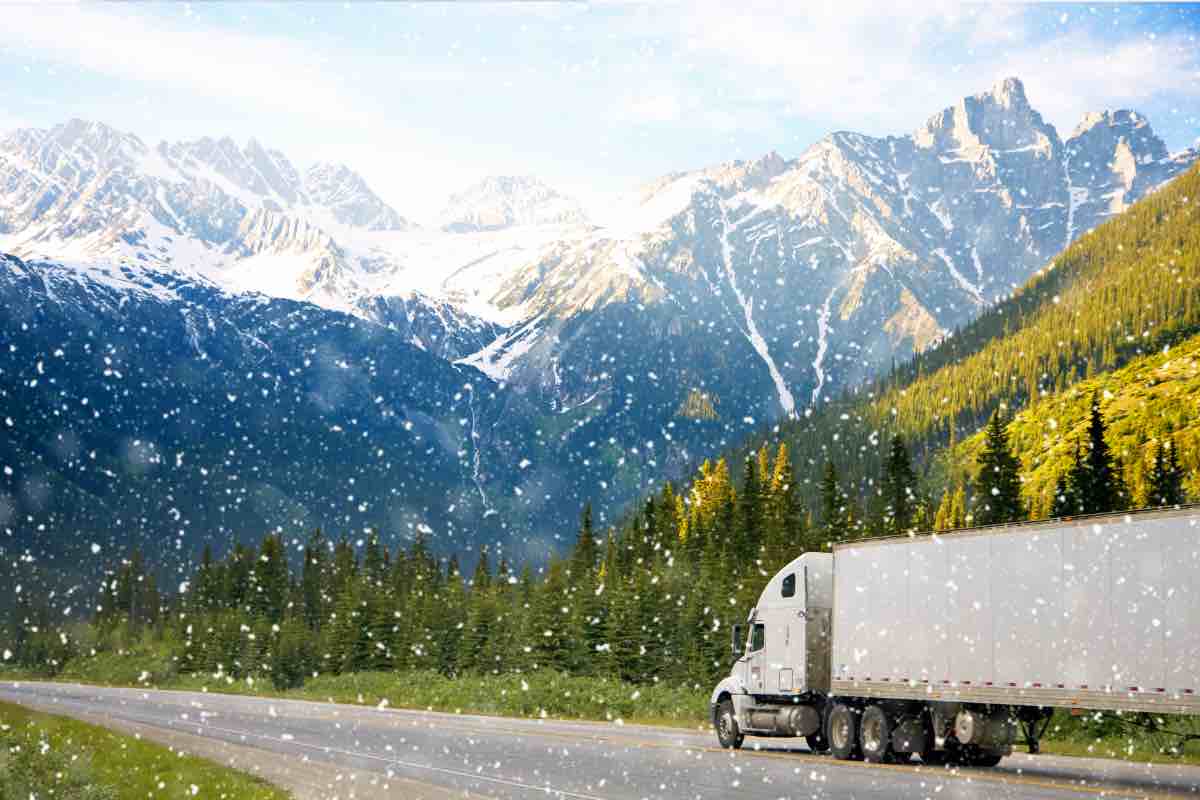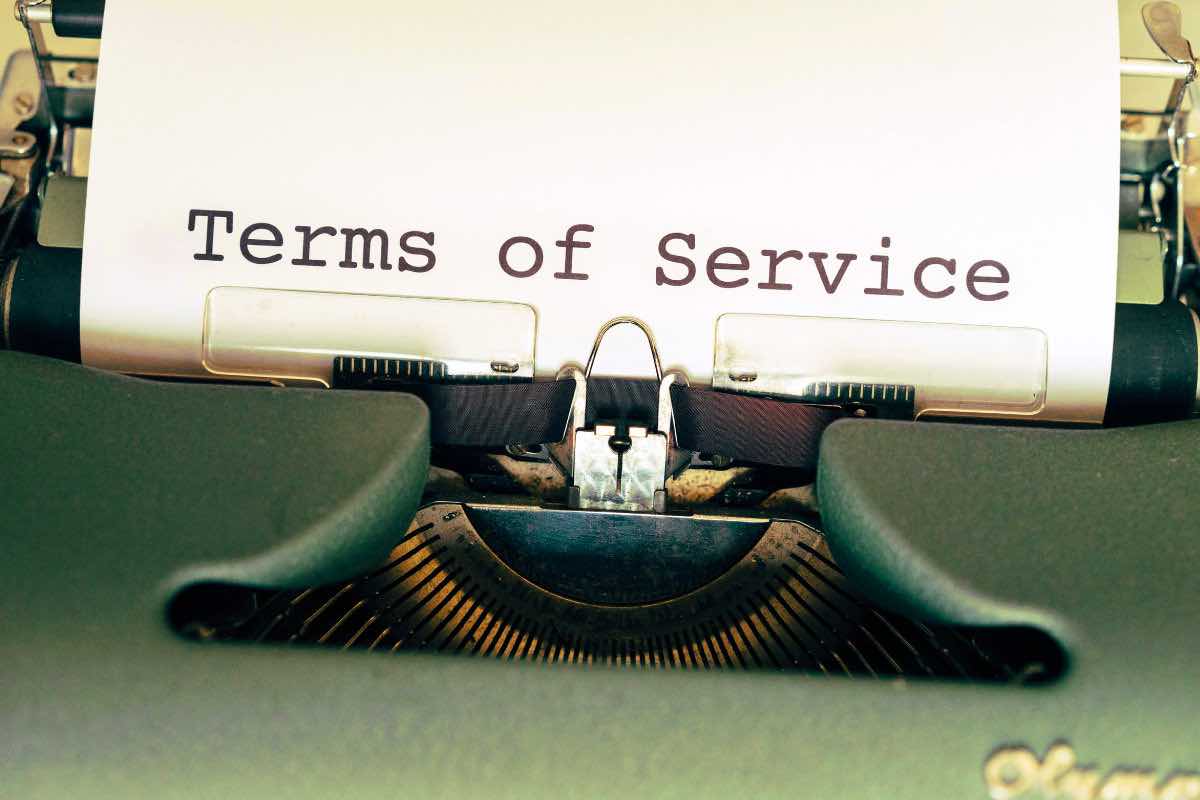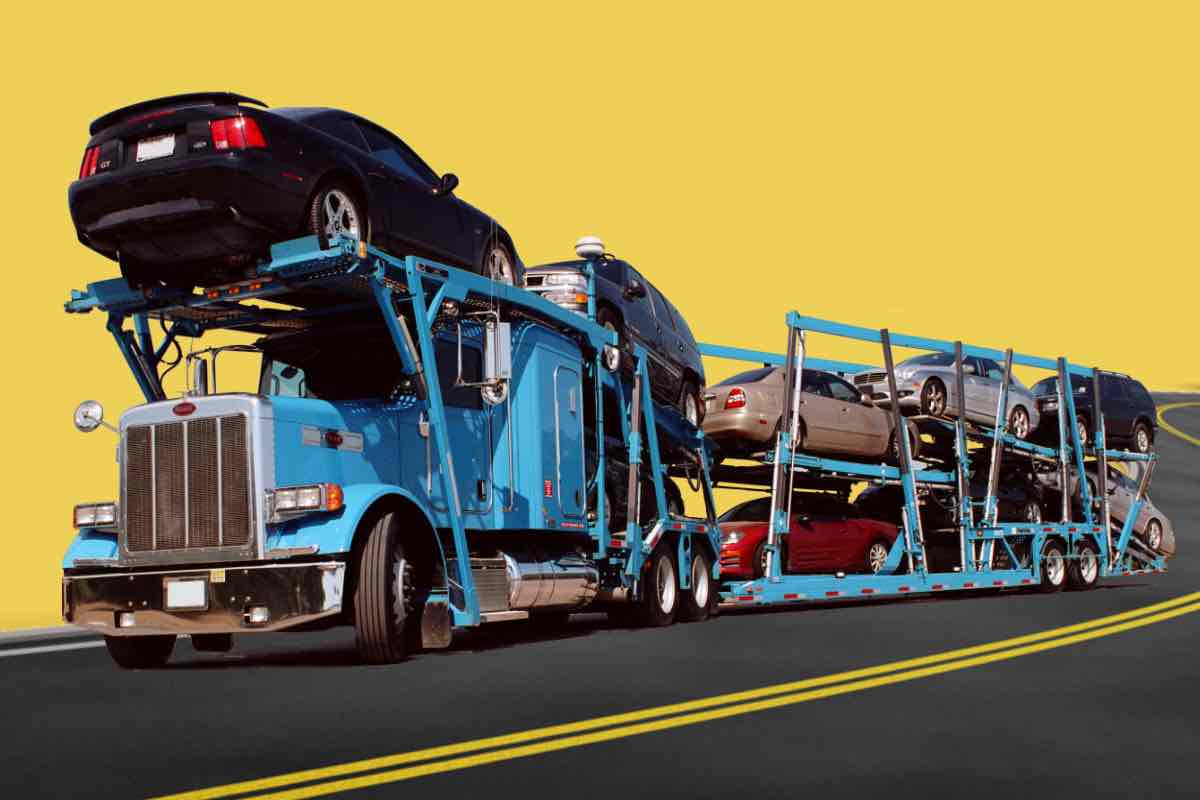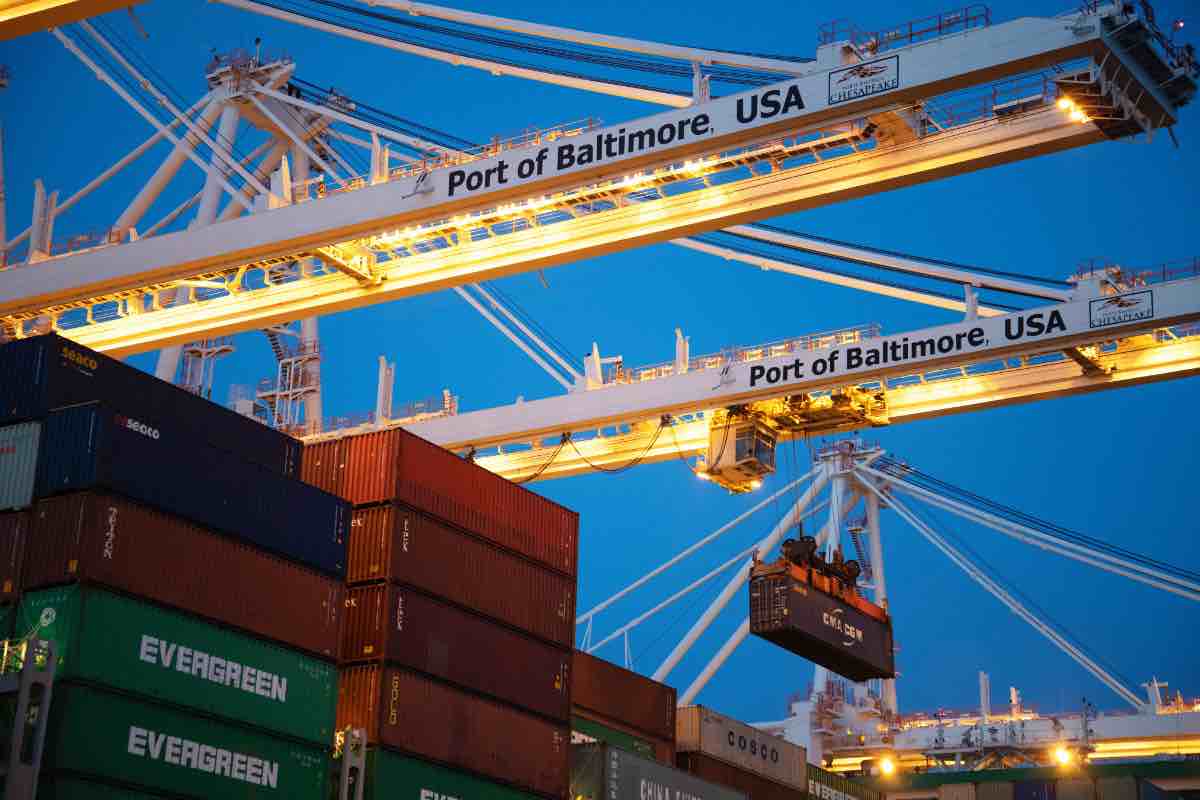This checklist walks you through the entire Auto Shipping process from the very beginning of the process straight through to the very end. Grouped into 6 major sectors of the process, we list all the steps you’ll need to take before and after your vehicle transportation.
BEFORE TRANSPORT
Planning
- Decide if shipping is your best option. Auto Shipping via road hauler is only one of a few choices you have available (others may include driving, sell-to-buy or even rail shipping)
- Know how the industry works. The industry rotates on a real-time negotiation model between two shipping entities, Brokers & Carriers, based on trends currently affecting the market.
- Understand the value of both Broker & Carrier. It’s mistaken to think that either Broker or Carrier could operate successfully without the other. The truth of the matter is that each entity handles a different, but no less integral, portion of the process on behalf of the customer.
- Decide on Open or Enclosed transport. Open Transport leaves your vehicle fully exposed to the elements while Enclosed Transport offers completely enclosed trailer for full protection of your vehicle. Open transport is the most popular option as it’s faster to arrange and cheaper. For exotic, classic or antique enthusiasts, Enclosed is usually the preferred option.
- Research the companies you’re interviewing. It’s always best to request quotes from multiple companies. Spend time reviewing their websites and online reputations. Customer reviews via Google, Transport Reviews, BBB and Yelp are always helpful. It’s important to weigh the company response against the actual client review with equal weight.
- Pick a company
- Provide the earliest possible Pick-Up date. This date will indicate when your vehicle will be ready for transport. On average, it may take around 2 to 5 days for a Carrier to be assigned to your shipping order.
- Obtain additional insurance coverage (optional). Although all Auto Transport companies are required to carry liability insurance, you may wish to enquire about any supplemental insurance on offer either through the transport company itself or through your own vehicle insurer.
Prepare Your Vehicle For Transit
- Check your tires. Whether your vehicle is in working order or not, your vehicle will need to be driven or winched onto the trailer. This will require that your tires are properly inflated prior to pickup.
- Check your battery charge. If your vehicle does not start, an additional fee will be added to your bill.
- Ensure your emergency brake is functional. Your vehicle will not be loaded if your emergency break does not function. Make sure it’s in good working order prior to your pick-up date.
- Fix any leaks. It’s best to have any fluid leaks repaired prior to loading. If you have been unable to rectify these in time, be sure to notify your driver upon pickup.
- Top-off all your fluid levels. Make sure your oil, brake fluid and power steering fluid is filled to full.
- Fix any mechanical issues that may prohibit the car from running, steering, braking or rolling.
- Ensure your gas tank is no more than 1/4 full. Carriers charge by weight & may refuse to load your vehicle with a fuller tank.
- Remove car attachments. Remove any accessories that could break, detach or be stolen.
- Fold all side mirrors. Folding your mirrors will minimize any risk of damage en route.
- Prepare a spare key. As a precaution, alway prepare a spare key to be easily on hand. In the rare event that it should be misplaced during transit, you’ll be happy you did.
- Deactivate your security and any electronic toll passes. If you’re unable to deactivate your alarm or immobilizer, be sure to leave instructions for your driver.
Document Your Vehicle’s Condition Prior To Pick-Up
- Clear your phone memory to make space for some footage.
- Wash your vehicle. A clean vehicle is easier to inspect for scratches and other minor damage.
- Take photo and video evidence of your mileage just prior to pickup. In the unlikely event your vehicle is moved in a method not contracted for, proof of mileage would play to your favor.
- Inspect your car (interior, exterior and undercarriage) to document its condition. Should your vehicle sustain any damage en route, it would be important to have photographic and video proof that the damage wasn’t preexisting.
Document Your Vehicle’s Condition On the Day of Pick-Up
- Be present on the day of pick-up or authorise a representative to be present on your behalf.
- Accompany your driver as he inspects your vehicle for the Condition Report / Bill of Lading.
- Sign the Bill of Lading only once you’ve confirmed the condition of your vehicle has been correctly recorded.
Document Your Vehicle’s Condition on the Day of Delivery
- Be present on the day of delivery or authorise a representative to be present on your behalf.
- Accompany your driver as he inspects your vehicle for the Condition Report / Bill of Lading.
- Do not sign the Bill of Lading until you have included within this document any new damage to your vehicle.
AFTER TRANSPORT
- If necessary, file an insurance claim. Should your vehicle have sustained any damage, be sure to file a claim as soon as possible. Include all photographic and video proof as well as copies of your Bill of Lading.
- Leave a review. It takes two minutes to help others learn from your experience. Make sure any complaints are supported by the terms of service you agreed to.





